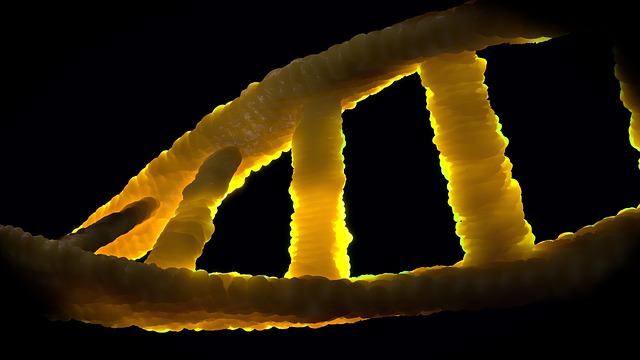The world of genomics has long been dominated by the study of coding DNA, the sequences that provide the blueprint for proteins. However, emerging research is finding groundbreaking value in the often-overlooked segments of our genome—the non-coding DNA. This intriguing area is not just a silent observer; it holds keys to significant technological and health innovations that could reshape our understanding of genetics and disease.
Technological Innovations
Non-coding DNA, which makes up about 98% of the human genome, was historically dismissed as junk DNA.” However, recent advancements in genomics technology have illuminated the critical roles these seemingly frivolous sequences play in gene regulation and expression. Techniques such as CRISPR and advanced sequencing methods have enabled scientists to delve deeper into the mysteries of non-coding regions.
One of the most exciting technological innovations spurred by the study of non-coding DNA is the development of personalized medicine. By understanding how non-coding regions influence individual responses to treatments, researchers can tailor therapies to maximize efficacy while minimizing side effects. This personalized approach is not only more effective but also revolutionizes patient care, making it more appropriate to individual genetic makeup.
Furthermore, the integration of artificial intelligence and machine learning in genomics has transformed the way we analyze non-coding DNA. These technologies can process vast amounts of genomic data, identifying patterns and correlations that would otherwise remain hidden. As these tools continue to evolve, they will propel us into a new era of genetic research that paves the way for innovative treatments and preventative measures grounded in our DNA.
Health Innovations
The implications of unlocking the potential of non-coding DNA extend far beyond technological advancements. They herald a new frontier in health and disease management. Research has shown that non-coding regions are instrumental in the regulation of genes associated with various diseases, including cancer, cardiovascular disorders, and autoimmune diseases. By identifying specific non-coding variants linked to these conditions, scientists can develop more effective screening processes and interventions.
For instance, understanding non-coding RNA molecules—one significant type of non-coding DNA—has opened new avenues for early diagnosis and treatment strategies for cancer. These molecules can act as biomarkers, helping in the detection of cancer at an earlier stage when it is most treatable. This fundamental shift in focus from solely coding to also include non-coding regions has the potential to save countless lives.
Moreover, non-coding DNA’s influence on mental health is an exciting area of exploration. Variations in non-coding segments have been increasingly linked to conditions such as depression and schizophrenia. By unraveling the connection between these genetic factors and mental health, researchers can develop more targeted therapies, leading to improved outcomes for individuals struggling with these debilitating conditions.
The journey into the realm of non-coding DNA invites us to rethink the genome’s architecture and its profound implications for both technology and health. As we continue to unlock the potential of these genetic sequences, we find ourselves at the precipice of a revolution in genomics, poised to enhance human health and wellbeing in ways previously thought unattainable.




